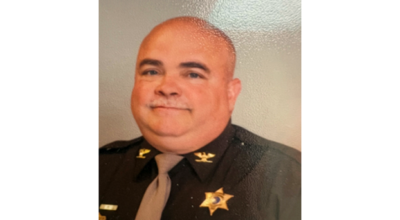Dowagiac school board approves refinanced bonds
Published 8:00 am Wednesday, August 19, 2015
Only a few months before they decide the fate of the district’s upcoming $40 million bond proposal in November, Dowagiac taxpayers are receiving some relief on the bond payments they have been making for more than a decade.
The Dowagiac Union Schools Board of Education authorized the refinancing of a large portion of the $23.7 million worth of bonds, used finance the construction of Dowagiac Middle School in 2001, during their meeting Monday evening at Dowagiac City Hall. The debt restructuring will bring the current millage rate down from 2.85 to 2.7, saving taxpayers a total of around $1.25 million.
The savings come as a result of an effective lower interest rate on these particular bonds, which were last restricted in 2005.
With the total middle school bond issue not ending until 2026, these debts could be restructured again, said Jeff Soles, a bonding attorney with Thrun Law Firm that presented the resolution to the board Monday.
“In another 10 years, you’re going to have another chance to refund this,” Soles said. “As you get shorter and shorter, you get lower interest rates.”
The school board has approved several refinancing deals for the 2001 bond issue since it took effect in 2002, bringing it down to its present rate from the 3.94 mills district residents were paying when it was originally passed, said Superintendent Paul Hartsig.
The millage reduction comes a few months before district voters will be asked to decide the fate of another massive bond issue, a pair of proposals that are designed to raise money for renovations to Dowagiac Union High School, the district’s elementary school buildings, and to Chris Taylor Alumni Field, as well to pay for construction of a new competition gym at the high school. If passed, the bonds would increase the millage rate by 2.5 mills and 1 mill, respectively.
By lowering the burden taxpayers are currently shouldering, the administration hopes that the November bond issue will look even more appealing to voters, Hartsig said.
“We’re interested in getting that [millage] number as low as possible, so that taxpayers know we’re being fiscally responsible,” Hartsig said.






